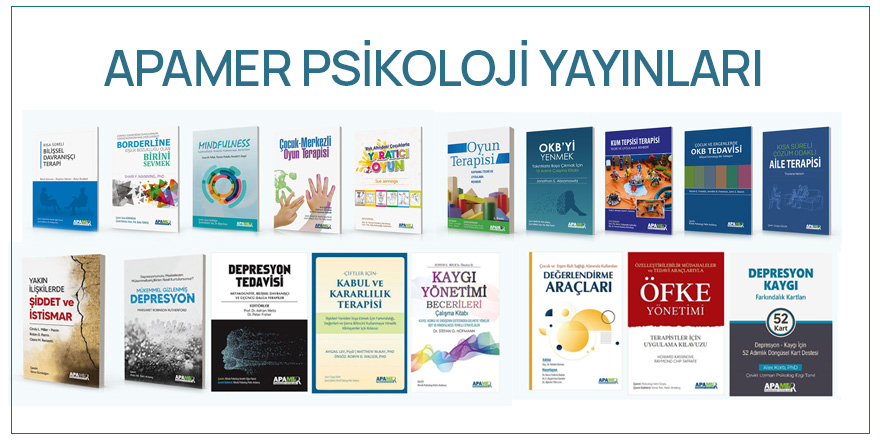
Issues for DSM-V: Seasonal Affective Disorder and Seasonality
Seasonal affective disorder was first described in 1984 (1) and was incorporated into DSM-III-R as "seasonal pattern," a modifier to be applied to recurrent forms of mood disorders, rather than as an independent entity. It remains a modifier in DSM-IV.
Seasonal affective disorder was first described in 1984 (1) and was incorporated into DSM-III-R as "seasonal pattern," a modifier to be applied to recurrent forms of mood disorders, rather than as an independent entity. It remains a modifier in DSM-IV.
The classification rules of DSM-III allowed only one axis I diagnosis, to which all other diagnoses were subordinated. For example, one could not have both seasonal affective disorder and bipolar disorder as two separate diagnoses. The adjectival modifier was the deus ex machina that enabled both conditions to be recognized. These rules were sensibly changed in DSM-III-R and DSM-IV, when comorbid diagnoses were permitted. In light of these changes, the status of seasonal affective disorder should be reconsidered.
Many convergent lines of research justify its classification as an independent disorder. The clinical picture is distinct: patients with seasonal affective disorder, predominantly women, become regularly depressed in autumn and winter and experience remission in spring and summer. They experience characteristic atypical vegetative symptoms during their depressive episodes and have a history of reactivity to environmental light (the more the better). Seasonal affective disorder increases in prevalence with increasing distance from the equator (2) and has been described in the southern, as well as the northern, hemisphere (3).
Predictive validity is supported by prospective studies in which patients recruited during the summer while they are well become depressed in fall and winter (1, 4). When depressed, patients respond favorably to treatment with bright environmental light (1, 5). Researchers have worked to delimit patients with seasonal affective disorder from those with other forms of major depressive disorder. For example, Pendse et al. found that, contrary to their hypothesis, outpatients with seasonal affective disorder had more severe psychopathology than inpatients with nonseasonal major depression who had attempted suicide (6). Likewise, Sullivan and Payne found the condition to be more clinically severe and more prevalent than nonseasonal major depressive episodes in a college setting (7).
Of numerous biological studies in patients with seasonal affective disorder, several identify impaired ocular processing of light (8, 9). Patients also evidence seasonal changes in melatonin secretion not seen in healthy comparison subjects (10). There is also ample evidence of deficient serotonergic transmission, which may be reversed by exposure to bright light (11, 12).
Suggested criteria for a DSM-V diagnosis of seasonal affective disorder are shown in Table 1. Aside from patients with clear diagnostic criteria for seasonal affective disorder, many patients, both those with mood disorders and those with other conditions, show seasonal variations in symptoms. Some worsen in summer; others in winter. Thus, it would be useful to provide the modifiers "with winter worsening" and "with summer worsening" for patients with any axis I condition (other than seasonal affective disorder) that worsens in the corresponding season. Although a summer form of seasonal affective disorder has been described (3), it has not been sufficiently well studied to warrant a diagnostic category of its own at this time.
In conclusion, clinical, predictive, and biological data present a strong case for the construct validity of seasonal affective disorder. Substantial evidence suggests that patients with seasonal affective disorder have deficits in processing visual light, develop symptoms in the absence of adequate light, and respond favorably to enhanced environmental lighting. It would seem timely for DSM-V to recognize the scientific basis for the validity of this disorder as an entity and provide it with a category of its own. Now that psychiatric diagnoses are no longer hierarchical, a patient could be diagnosed with both seasonal affective disorder and bipolar disorder or major depressive disorder.
Footnotes
Address correspondence and reprint requests to Dr. Rosenthal, 11110 Stephalee Lane, Rockville, MD 20852; [email protected] (e-mail). Editorial accepted for publication March 2009 (doi: 10.1176/appi.ajp.2009.09020188).
Dr. Rosenthal receives royalties from Guilford Press, and his company is participating in a study of a therapeutic lighting device for the LiteBook Company. Dr. Freedman has reviewed this editorial and found no evidence of influence from these relationships.
- Rosenthal NE, Sack DA, Gillin JC, Lewy AJ, Goodwin FK, Davenport Y, Mueller PS, Newsome DA, Wehr TA: Seasonal affective disorder: a description of the syndrome and preliminary findings with light therapy. Arch Gen Psychiatry 1984; 41:72–80
[Abstract/Free Full Text] - Rosen LN, Targum SD, Terman M, Bryant MJ, Hoffman H, Kasper S, Hamovit JR, Docherty JP, Welch B, Rosenthal NE: Prevalence of seasonal affective disorder at four latitudes. Psychiatry Res 1990; 31:141–144
- Boyce P, Parker G: Seasonal affective disorder in the southern hemisphere. Am J Psychiatry 1988; 145:96–99
[Abstract/Free Full Text] - Modell JG, Rosenthal NE, Harriett AE, Krishen A, Asgharian A, Foster VJ, Metz A, Rockett CB, Wightman DS: Seasonal affective disorder and its prevention by anticipatory treatment with bupropion XL. Biol Psychiatry 2005; 58:658–667[CrossRef][Medline]
- Golden RN, Gaynes BN, Ekstrom RD, Hamer RM, Jacobsen FM, Suppes T, Wisner KL, Nemeroff CB: The efficacy of light therapy in the treatment of mood disorders: a review and meta-analysis of the evidence. Am J Psychiatry 2005; 162:656–662
[Abstract/Free Full Text] - Pendse BP, Engstroem G, Traeskman-Bendz L: Psychopathology of seasonal affective disorder patients in comparison with major depression patients who have attempted suicide. J Clin Psychiatry 2004; 65:322–327[Medline]
- Sullivan B, Payne TW: Affective disorders and cognitive failures: a comparison of seasonal and nonseasonal depression. Am J Psychiatry 2007; 164:1663–1667
[Abstract/Free Full Text] - Lam RW, Beattie CW, Buchanan A, Remick RA, Zis AP: Low electrooculographic ratios in patients with seasonal affective disorder. Am J Psychiatry 1991; 148:1526–1529
[Abstract/Free Full Text] - Hebert M, Beattie CW, Tam EM, Yatham LN, Lam RW: Electroretinography in patients with winter seasonal affective disorder. Psychiatry Res 2004; 127:27–34[CrossRef][Medline]
- Wehr TA, Duncan WC Jr, Sher L, Aeschbach D, Schwartz PJ, Turner EH, Postolache TT, Rosenthal NE: A circadian signal of change of season in patients with seasonal affective disorder. Arch Gen Psychiatry 2001; 58:1115–1116
[Free Full Text] - Joseph-Vanderpool JR, Jacobsen FM, Murphy DL, Hill JL, Rosenthal NE: Seasonal variation in behavioral responses to m-CPP in patients with seasonal affective disorder and controls. Biol Psychiatry 1994; 33:496–504[CrossRef]
- Jacobsen FM, Mueller EA, Rosenthal NE, Rogers S, Hill JL, Murphy DL: Behavioral responses to intravenous meta-chlorophenylpiperazine in patients with seasonal affective disorder and control subjects before and after phototherapy. Psychiatry Res 1994; 52:181–197[CrossRef][Medline]
http://ajp.psychiatryonline.org/cgi/content/short/166/8/852?rss=1






HABERE YORUM KAT
Türkçe karakter kullanılmayan ve büyük harflerle yazılmış yorumlar onaylanmamaktadır.